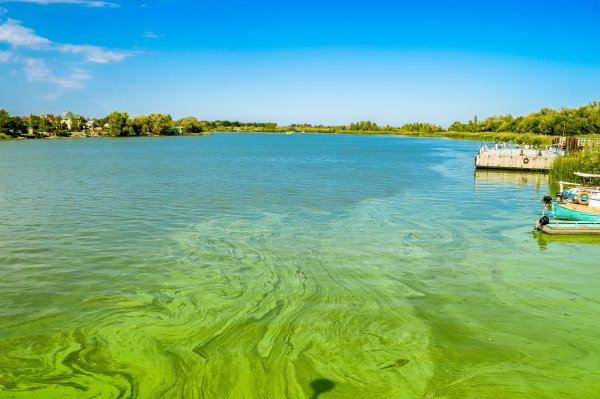River damming can lead to phosphorus (P) accumulation within in-stream reservoirs, and these reservoir P legacies can not only drive the occurrence of harmful algal blooms in the reservoirs themselves, but also serve as long-term sources of P to downstream waters (Van Meter et al. 2021). Globally, it has been estimated that river damming results in the impoundment of approximately 12% of riverine P fluxes, with retention rates as high as 50-60% in some reservoirs (Maavara et al. 2020, 2015). Such estimates, however, are based on simple, large-scale models that do not take into account the spatially varying geomorphic, climate, biogeochemical, and management-related controls on biogeochemical nutrient cycling (Xu et al. 2021).
In the Chesapeake Bay Watershed (CBW), where there are more than 1600 identified dams, our knowledge of the spatially and temporally varying effects of these reservoirs on riverine P export across the region remains limited (Ator et al. 2019). However, at the Conowingo Reservoir, near the outlet of the Susquehanna River, changes in nutrient fluxes from the reservoir have been observed in recent years, with annual downstream exports of P sometimes actually exceeding upstream P inputs (Zhang, Hirsch, and Ball 2016). Other reservoirs around the Great Lakes have also been found to at times serve as a source of dissolved P, particularly during the summer months, when algal blooms proliferate (Van Meter et al. 2020). In other words, while conventional models of reservoir dynamics indicate that a large fraction of riverine P is retained within reservoirs, monitoring data suggest that, under current climate and land use, reservoirs may increasingly be serving as a source of legacy P to downstream waters.
In the proposed work, our overarching goal is to better our understanding of anthropogenic, biogeochemical, and climate-related controls on reservoir P dynamics, to better quantify seasonal and annual-scale effects of reservoirs on riverine P loading, and, ultimately, to better our understanding of how changes in reservoir management could optimize water quality outcomes.





